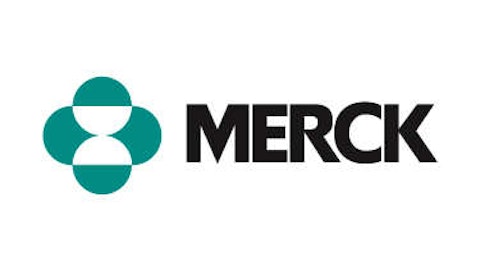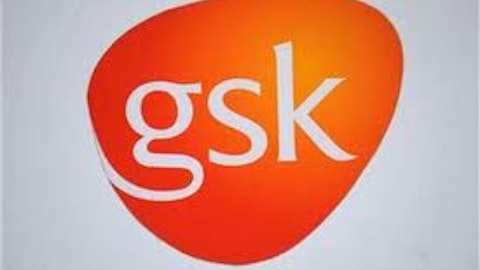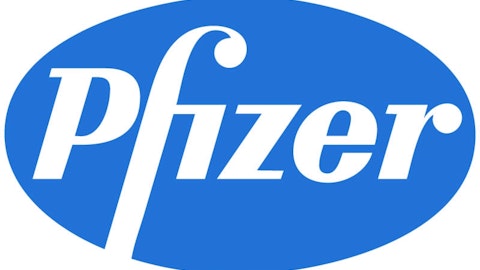Johnson & Johnson (NYSE:JNJ) may offer well-known personal care products such as Listerine and Neutrogena, but it also boasts an impressive portfolio of market leading therapeutic compounds. The health care leader was one of the few to show growth in both worldwide pharmaceutical sales and earnings last year, which grew to $25 billion and $3.86 per share, respectively. It finds itself in an enviable position heading into 2013 as one of the best-positioned companies to tackle the patent cliff head-on.

Optimism abound
Sirukumab, or CNTO 136, showed promising results in a proof-of-concept and dose-finding phase 2 study that wrapped up in late 2011. The drug is being developed with GlaxoSmithKline plc (ADR) (NYSE:GSK) for patients with rheumatoid arthritis who have failed to respond to TNF-alpha inhibiting treatments. Two phase 3 trials were initiated for the monoclonal antibody last August.
By now, it should be widely obvious that treating rheumatoid arthritis and other autoimmune disease by targeting TNF-alpha is the industry standard. Johnson & Johnson’s basket of immunology biologics — Remicade, Stelara, and Simponi — generated sales of $7.7 billion in 2012. AbbVie Inc (NYSE:ABBV)‘s Humira and Amgen, Inc. (NASDAQ:AMGN)‘s Enbrel brought in more than $13.5 billion last year. The three megablockbusters (including Remicade) will continue to dominate even after losing exclusivity in the next several years, but are facing increasing competition from next generation immunology drugs.
That opens up a huge market for drug-hopefuls such as sirukumab, albeit a (currently) smaller chunk of the market consisting of patients that failed other therapies. Remicade and Simponi target TNF-alpha directly, whereas Stelara stops the cytokine’s inflammation-inducing ability by targeting interleukin 12 and interleukin 23. Stelara crushed Enbrel in a head-to-head study for psoriasis in 2010 and is currently being evaluated for other indications.
The results bode well for CNTO 136, which targets one of the most important immune-regulating proteins: interleukin 6. The current phase 3 trials for rheumatoid arthritis are top priority at the moment, but that may be just the beginning of possible indications. Just as Stelara is being investigated in other indications, so too will a successful sirukumab. Drugs targeting interleukin 6 have been shown to treat osteoporosis, drug-resistant bacteria, and of course fever and inflammation induced by the immune system.
Foolish bottom line
If CNTO 136 shows significance in ongoing phase 3 trials, then Johnson & Johnson could become the undisputed leader in the massive rheumatoid arthritis market. The company would offer drugs for all levels of severity and response: Remicade and Simponi for easier-to-treat cases, and Stelara (pending approval) and sirukumab for patients having no luck with first-line treatments. Even then, the company’s basket of immunology drugs are only a small piece of this complex health care giant.
Fool contributor Maxx Chatsko has no position in any stocks mentioned. Check out his personal portfolio or follow him on Twitter @BlacknGoldFool to keep up with his writing on energy, bioprocessing, and emerging technologies.The Motley Fool recommends Johnson & Johnson. The Motley Fool owns shares of Johnson & Johnson.
Copyright © 1995 – 2013 The Motley Fool, LLC. All rights reserved. The Motley Fool has a disclosure policy.





